|
$11,800
per year for engineers working in defense laboratories in 1955 is the equivalent of about $104,300 in 2016, according to
the Inflation
Calculator hosted by the U.S. Bureau of Labor Statistics (BLS). That's probably a pretty accurate reflection of today's
average salary for an experienced engineer. Now, as then, some of the most technically challenging and interesting research
projects are done under the auspices of the Federal government - primarily because they have the most money to throw at
experiments and production concepts without having to produce implementable results. That is not to say the people working
on the projects don't care - most of them are deeply committed - it's just that the funding is confiscated (taxes), not
earned, so the loss that accompanies failure is mostly felt personally, not institutionally.
Research Work Attracts Bachelors to West Coast Naval Laboratories
They serve the U. S. Navy by contributing skill and knowledge as civilian engineers
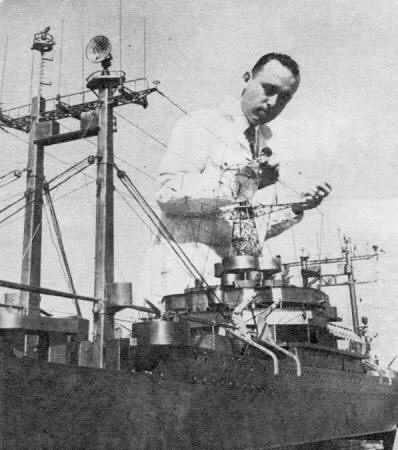
Radio, radar and acoustics research is conducted at the Navy Electronics Lab, San Diego. Here antenna
radiation pattern is checked.
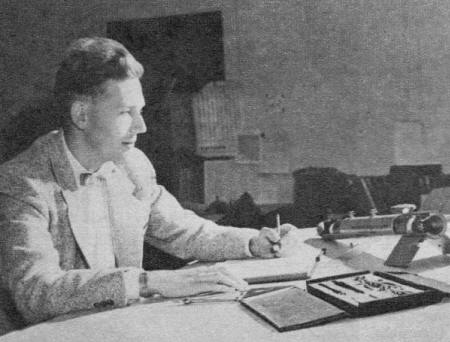
Mechanical engineers play a prominent part in the Naval Ordnance Test Station, China Lake, in development
of guided missile systems.
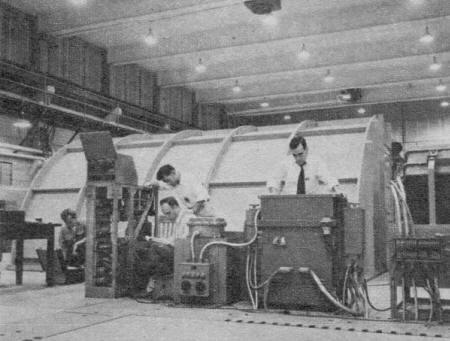
The ears of a submarine are the complex Sonar gear. Its continuous improvement must be in the hands of
expert electronic engineers.
Young men with a bachelor degree in engineering are afforded a fine opportunity to further their professional skills
at the several Naval Laboratories located in California. Representing some of the highest paid jobs in Civil Service with
salaries ranging as high as $11,800 per year, the work embraces some of the broadest fields in engineering and science.
This together with pleasant climatic and living conditions, plus various benefits offered by the "Service," attracts many
a young scientist, engineer and technician to these Navy installations. The work is not all routine, by any means, and ingenuity
and resourcefulness are at a premium. The order may call, for example, for the design of a rocket launcher, an experimental
airframe for a guided missile or a quick-assembly, prefabricated structure. Professional self-development is encouraged.
Undergraduate and graduate courses are given by the University of California on laboratory premises in order that employees
may complete requirements for advanced engineering and science degrees. Seminars, symposiums and panel discussions feature
nationally known luminaries in the field. Though an engineering degree is generally required for professional positions,
applicants who do not possess one can qualify if they have had four years of technical experience or a combination of technical
experience and education which gives them a background of knowledge in fundamental engineering and science equivalent to
university graduates.
(Photos and material courtesy of U.S. Navy and Board of U.S. Civil Service Examiners for Scientists and Engineers. For
information concerning professional and technical positions, write the Board at 1030 E. Green St., Pasadena 1, Calif.)
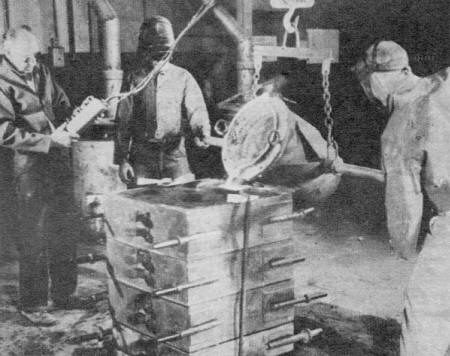
Metallurgy as well must keep abreast with today's weapons. Pouring magnesium casting at Naval Ordnance,
Pasadena Annex.
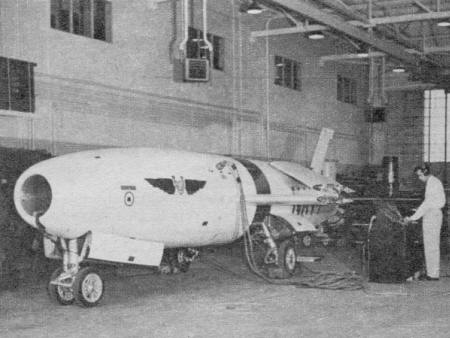
Naval Air Missile Test Center at Point Mugu employs 2000 scientists and technicians on design, development
and testing of these weapons.
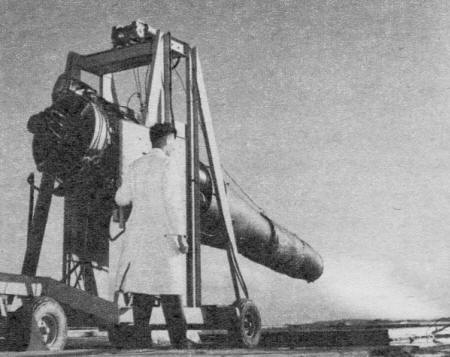
One of the many projects at Naval Civil Engineering Research and Evaluation Labs is to test runways for
effects of jet exhaust heat.
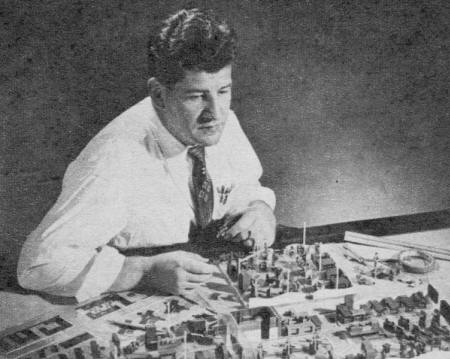
Manufacturing problems often affect design and specification of weapons. Engineers can solve them with
3-dimensional plant layouts.
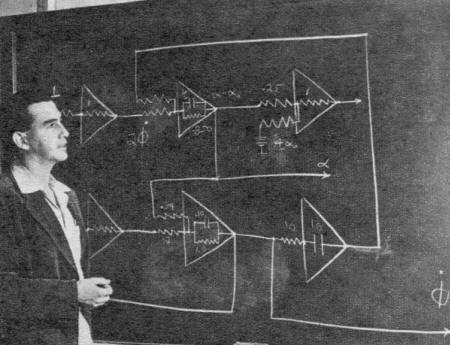
Mathematicians contribute to modern scientific research. At Naval Ordnance Test Station they operate
Electronic Analog Computer.
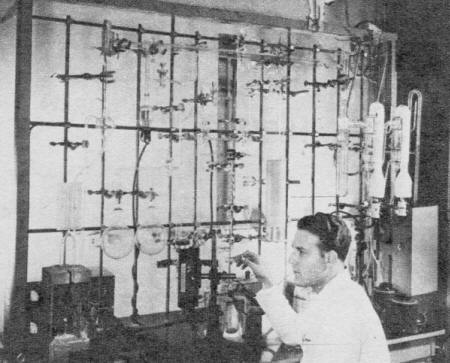
Whether its decontamination of radioactive areas or testing of various propellants, the chemist does
the job at Radiological Defense Lab.
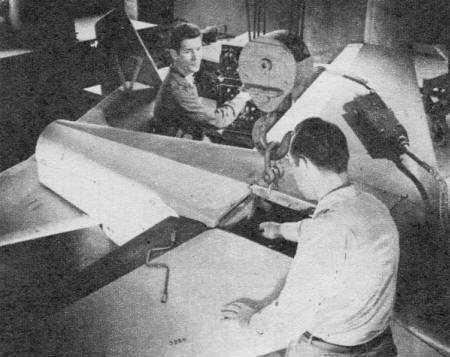
Missile systems study shown here is part of the physicist's job at Naval Ordnance Lab. Other research
concerns upper air investigation.
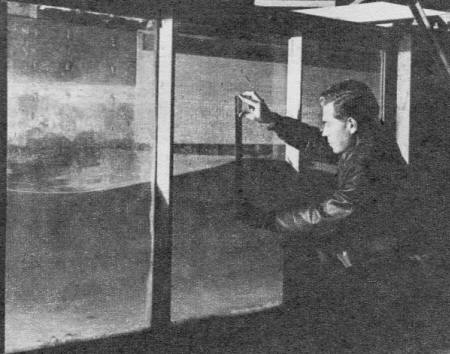
The engineer here studies wave action in a waterfront structures facility at the Naval Civil Engineering
Research and Evaluation Lab.
Posted February 20, 2016
|